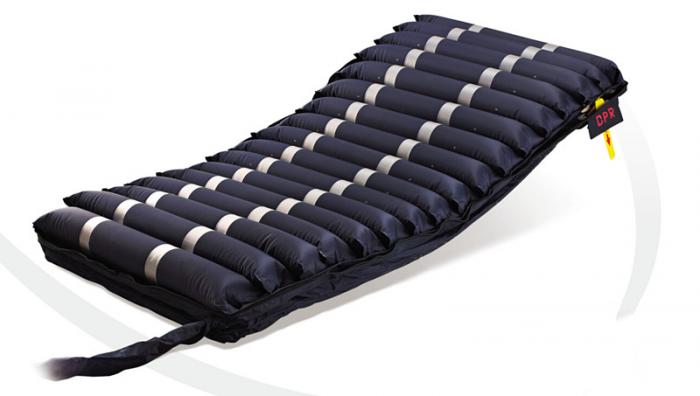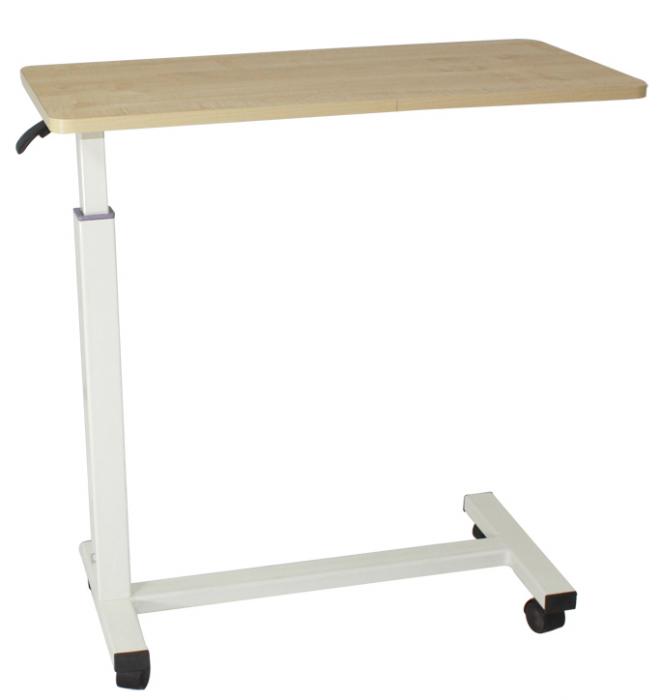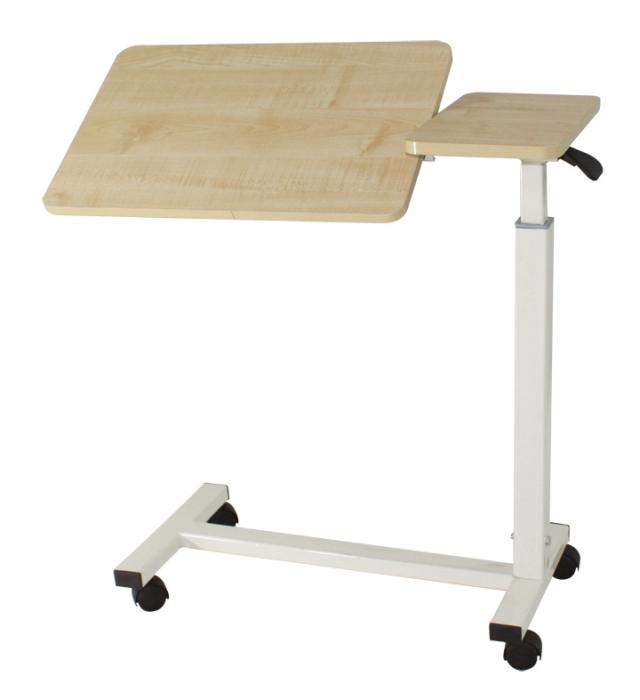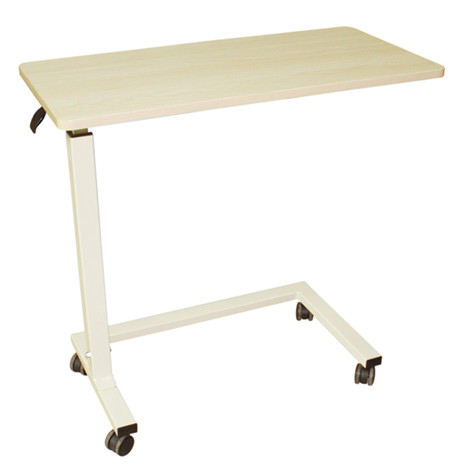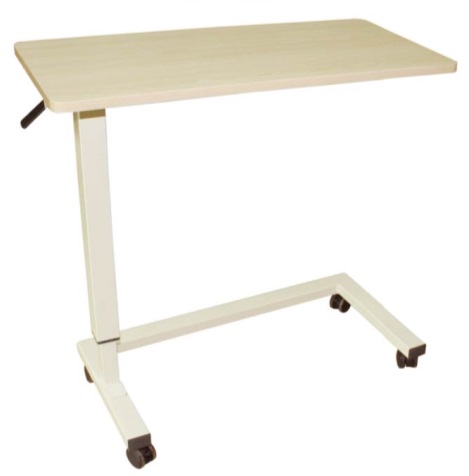| Name: | Anti-decubitus Mattress |
|---|---|
| Model No.: | QDC-5010 |
| Product Name: | Anti-decubitus Mattress |
| Brand: | BESCO |
| MOQ: | 100 units |
| Keywords: | Anti-decubitus Mattress,Anti-decubitus Mattress(Bubble),Economy Anti-decubitus Mattress,China Anti-decubitus Mattress Manufacturer and Supplier |
| Sample: | Available |
| Lead time: | 25 days |
| Payment Term: | T/T in advance |
| Country of Original: | China |
| Port: | SHENZHEN |
| Stock: | Available |
| Factory Address: | SHENZHEN |
| Office: | Zhengzhou,China |
Products Description
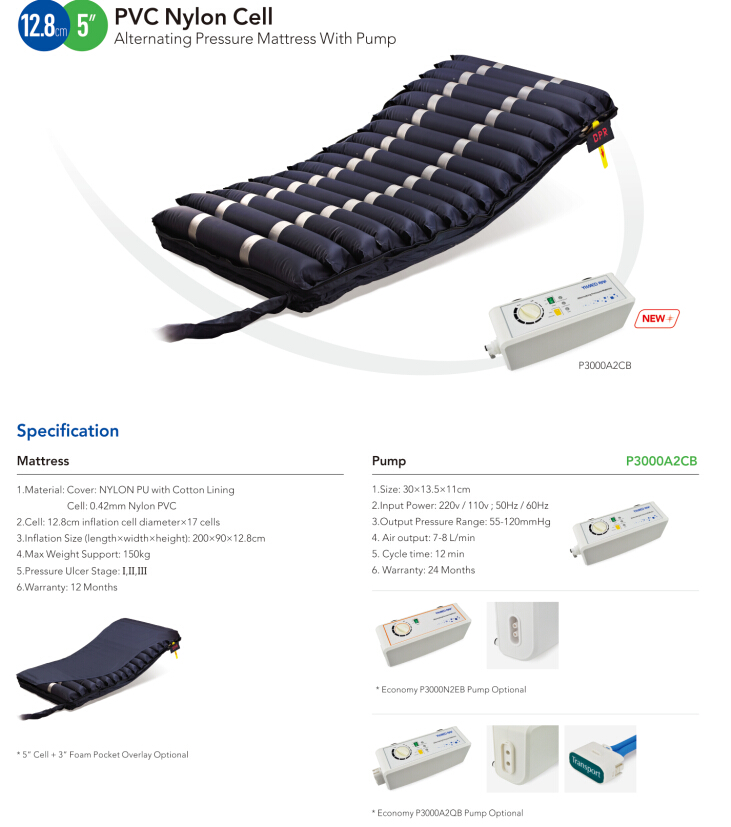
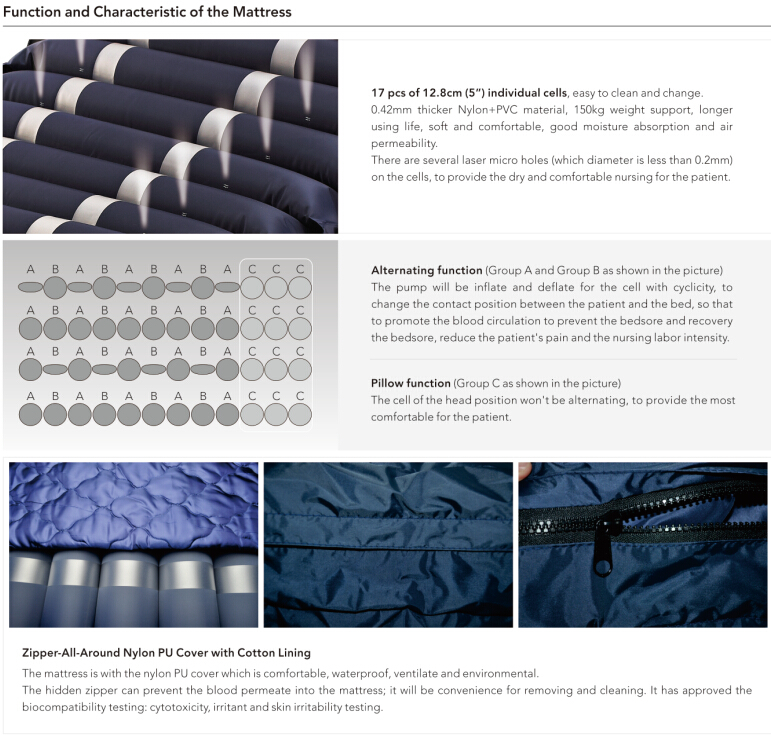
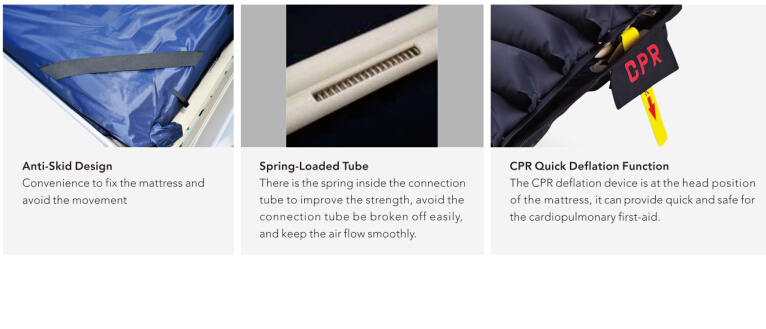
An anti-decubitus mattress, also known as a bedsore mattress or pressure-relief mattress, is a specialized mattress designed to prevent and treat pressure ulcers (bedsores) in individuals who are bedridden or immobile for extended periods. It works by reducing and evenly distributing pressure on the body to prevent blood circulation interruptions and tissue damage, improving comfort and promoting healing.
How they work?
Most anti-decubitus mattresses operate using either static or dynamic pressure relief:
Static Pressure Relief: These mattresses are made from materials like memory foam, which conforms to the body's shape, immersing it and redistributing pressure.
Dynamic Pressure Relief: These mattresses, often air-based, feature cells that inflate and deflate in an alternating pattern, powered by a pump. This constant change in pressure prevents any single area from bearing weight for too long.
Types and features
Materials: Common materials include medical-grade vinyl, memory foam, and specialized air cells.
Technology:
Alternating Pressure Systems: Use inflatable air cells that continuously inflate and deflate to shift pressure points.
Low Air Loss Systems: Some mattresses incorporate airflow to prevent moisture buildup, reducing friction and the risk of skin breakdown.
Controls: Many systems feature customizable pressure levels and other settings, allowing users to adjust for comfort and weight.
Maintenance: They are often waterproof, easy to clean, and include repair kits for minor damages.
Who uses them
Individuals on bed rest for extended periods due to illness, injury, or surgery.
Patients in palliative care or hospice.
People with limited mobility, including those in wheelchairs or with other disabilities.
